When did you discover your passion for photography?
My passion for photography started when I was around 14 years old, during a hard time for my family after my uncle had died suddenly. My mother inherited a box of his belongings, and in that box was a 35mm film camera with a set of lenses. Of course I began to tinker with the camera with no appreciation for what a fragile and expensive instrument this was. I ended up taking one of the zoom lenses apart and couldn’t put it back together. My mother discovered this pretty quickly, and I thought she’d be more than a little upset with me. After all, I’d destroyed her brother’s cherished gear. But no, she just said maybe I should take a photography class and learn how to fix that lens and operate that camera. So I listened to mom, and enrolled in a black and white workshop at High School. There was no turning back.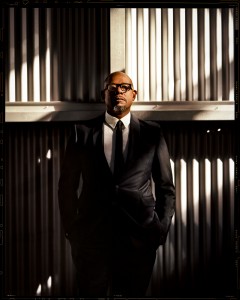
How did you come to the world of “celebrity” photography?
I fell into the world of celebrity photography a few years after hitting the pavement in mid-‘90’s NYC. My first clients included music companies like Electra, Def Jam, and Sony Records, who hired me to photograph some not yet well known hip-hop musicians. At that time, hip hop was exploding into the mainstream pop culture consciousness so there were plenty of album packaging jobs to go around. I was privileged to work with stars like a young Lauryn Hill of the Fugees and Will Smith before he was a huge movie star, back when he was “just” a hip hop icon known as the Fresh Prince. As they became global celebrities, their fame helped give me entry into the celebrity photography game. I made the move to LA from New York to capitalize on this moment in time and started shooting Hollywood stars.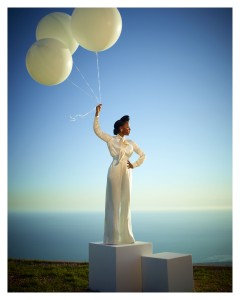
Which of your projects/motifs opened the door to the art market/professional market?
I’m not really known as a fine arts photographer, but many of my portraits have crossed over from editorial assignements to museum walls. For example, a profile I created of Barack Obama as a young presidential candidate hopeful back in 2007 is now part of the permanent collection of the Studio Museum in Harlem. I’m very proud to have made that contribution to the arts and to our nation’s history.
Who inspires you most?
Starting out I was inspired by legends like Gordon Parks, Richard Avedon and Diane Arbus, all great portraitists. And later there were fine art photoraphers like Carrie Mae Weems, Marina Abromovic, and Andreas Gursky. But I have to say that right now my biggest inspiration is my two and a half year old son, Khave. He is pure joy and still totally innocent of the ways of this crazy world. All he cares about is mom, trucks and dinosaurs — and me when mom’s not around. Really, his joy and openness are just so refreshing to share in, and he’s inspired me to make images which are of the moment and from the heart. In fact, he inspired me so much that I made an entire portfolio of images documenting his young life and my experience of it. It’s simply titled, Fatherhood, and it’s one of the most joyful and meaningful projects I’ve ever done.
How would you describe your personal photographic style?
People ask me this all the time, and it’s always challenging to come up with an answer because we work the way we work, those of us who make images and tell stories through them. I might go in with a concept, a model, or a lighting technique but I’ve learned to be flexible because when you’re dealing with people you have to react to what they’re bringing at a given moment. You have to see what’s working not only for you but for them and go with that. So my style is to keep things loose and fluid as I try to capture an authentic moment, not just a pose or an idea. I often feel like a movie director as I develop a rapport with the people I’m filming and work to bring out the uniqueness in them, that defining essence of the person, which only comes out when someone is truly able to be him or herself in front of the camera. And when the right moment happens, I see it and capture it. That’s my job.
What is most challenging about shooting celebrities?
The hardest thing about shooting celebrities is getting the job! Celebrity photography is so much more than taking good photos. Behind each celebrity is a big team, from publicists to managers to agents and attorneys, all of whom are there to shape and protect that celebrity’s public image. As a photographer, I’m always aware and respectful of what that celebrity’s image means, what’s gone into it over the years and what the public expects. But the challenge is not falling into the trap of just respecting the image, holding people’s hands and making pretty pictures that everyone has seen and done many times before. I try to dig deeper. I want to get that special something that makes a photograph last. There’s nothing more satisfying than surpassing expectations and making an image iconic.
What importance do you place on the printed presentation of your artwork?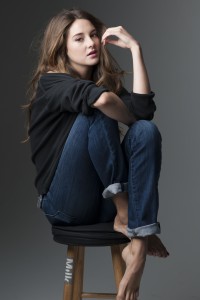
The printed piece is everything. For me it goes back to the days of printing in the darkroom at Rochester Institute of Technology and seeing that picture come up in the developer. That excitement I felt years ago hasn’t left me one bit. And today, my portfolios include both digital and print presentations. Editors and creative directors are often surprised – and thrilled — to see those photographic prints. They love looking at them as much as I do, we’re all still fans of holding a print in our hands. Technology is great, but photography is still a craft, and the quality of an image emerges for me when I blow it up into a 16 x 20 or 30 x 40 print and put that baby on the wall.
Which is your favorite Hahnemühle paper and why?
When I first started using Hahnemühle paper, I loved the matte finished papers that were more textured like the Museum Etching and William Turner for fine art presentations and portfolios. But now I’m very excited to see my work displayed on the FineArt Pearl, which is a glossy fine art paper and one that I’ll use for my next round of portfolios.
Do you have a dream project you would like to realize sometime?
My dream project would be to photograph images of power in African politics. I know this won’t always include depictions of democracy and tolerance across a vast continent with tremendous diversity, but I want to capture the good and the bad, the crises and the opportunities for positive change. I have photographed Nelson Mandela and would love to keep going. My dream would be take a year and do this, and I’m trying to raise the funds and support to make this happen. Along with the portraits, I’d like to shoot video of the whole experience and make that a separate documentary.
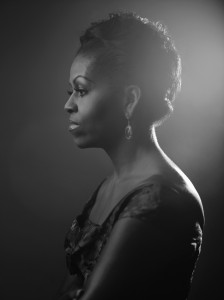 What’s next for you…what projects are coming up?
What’s next for you…what projects are coming up?
I’m always shooting personal work and finding new projects. I’m working on a Black Hollywood book project which will showcase the major African American entertainment players I’ve photographed over the years from Oprah to Quincy Jones to Will Smith and Tyler Perry. I’m also working with screenwriter-producer Adam Kulakow and producer Wendy Smith on a documentary about the sweeping, seemingly overnight gentrification of the Venice Beach neighborhood where I lived and worked for over fifteen years. This project is really close to my heart because I loved Venice and left it recently amid so much change there.
For more on the photographer click over: http://kwakualston.com/


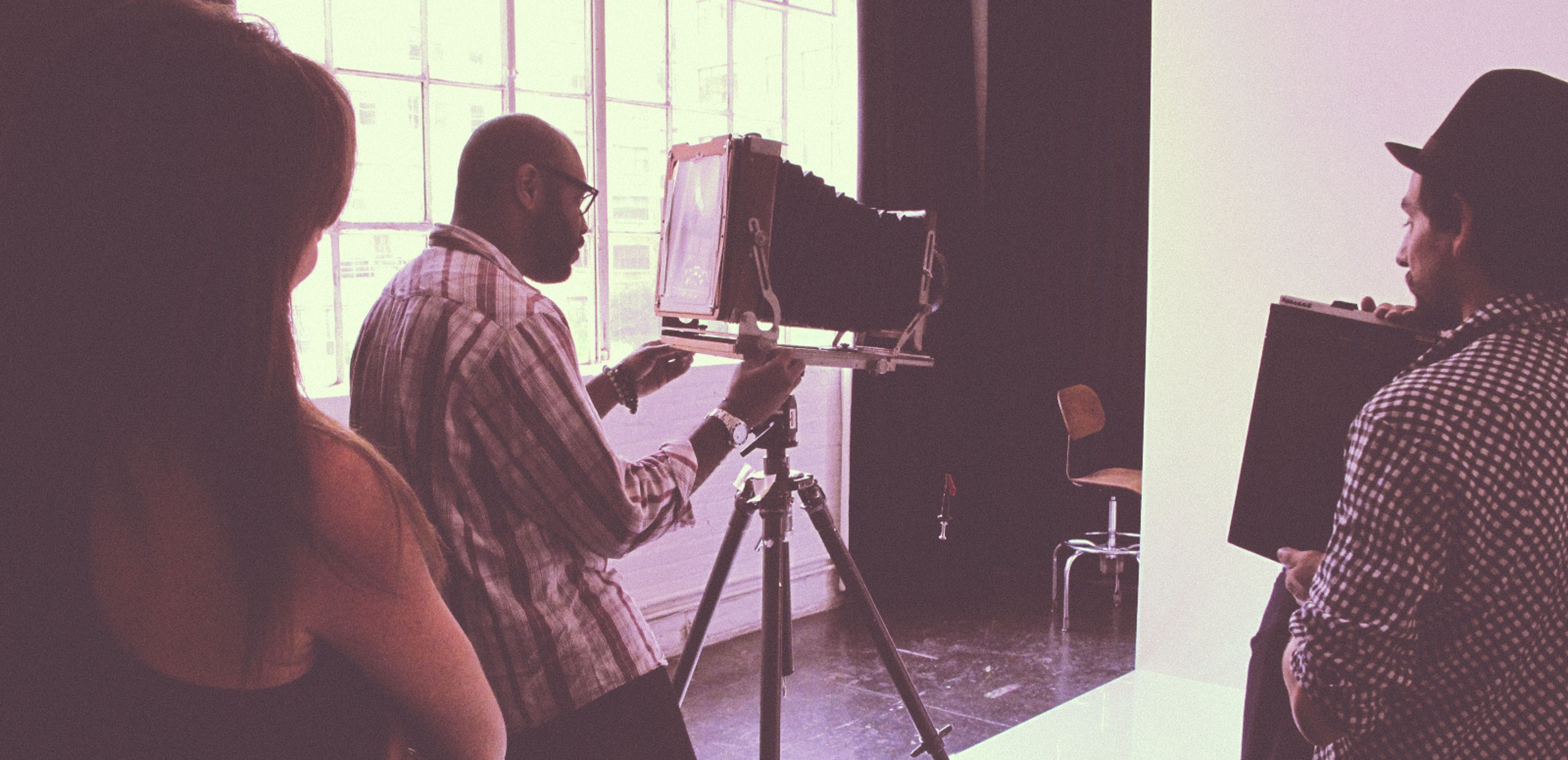






Film Making is no different from the FineArts.
Regards,
Donald Stevens.